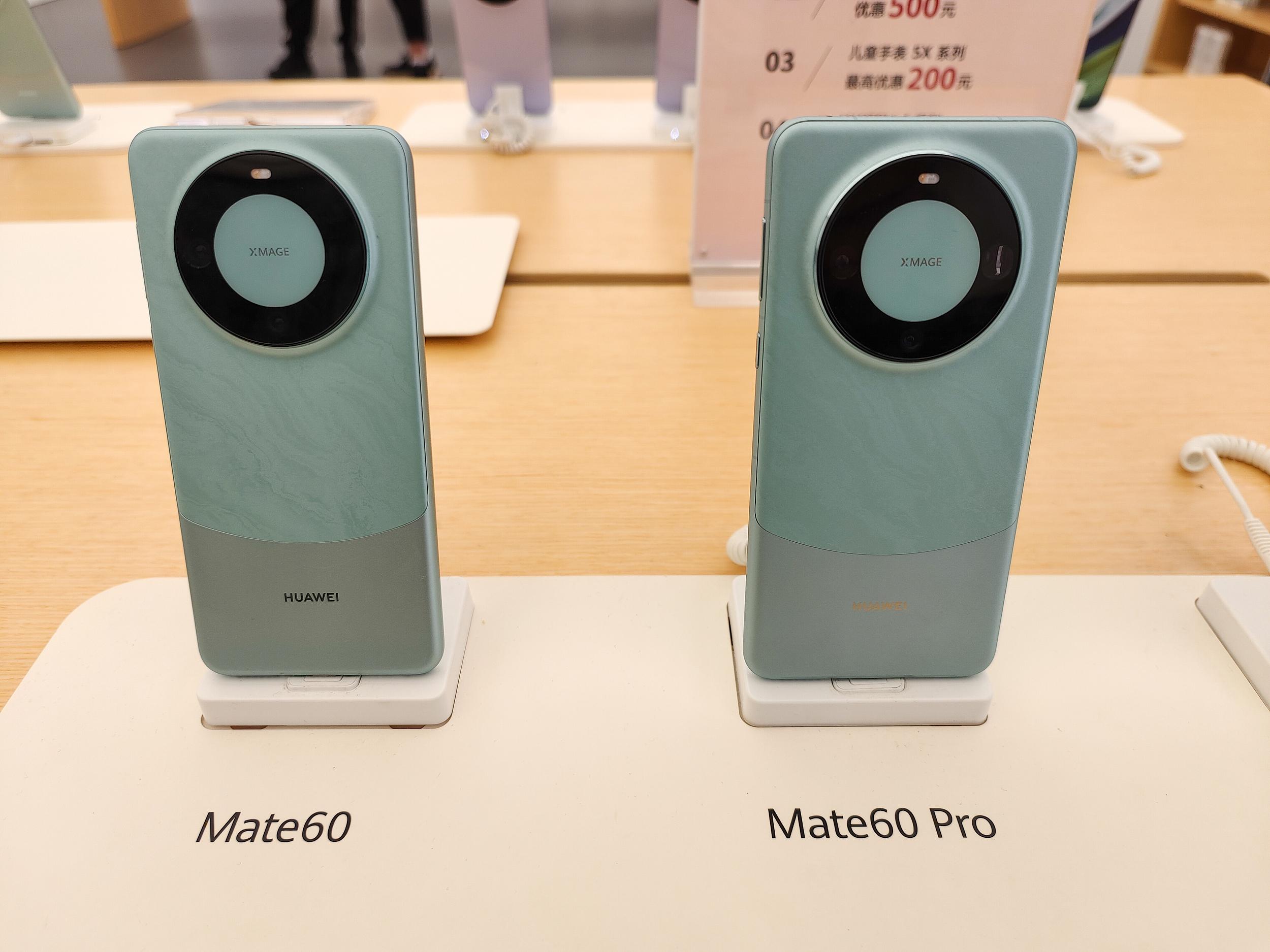No Network, No Problem

Forest walks, desert crossings, wilderness adventures — it's always great to be out in nature off the beaten track, but what happens when you find yourself without a phone signal?
In such moments, a smartphone with satellite communication capabilities could be a lifesaver. To realize this vision, China Telecom, in partnership with Huawei and other industry players, spent over two years developing the world's first smartphone with direct-to-satellite communication technology.
Cutting the external antenna
The first challenge was designing antennas and chip modules. Traditional satellite phones rely on external antennas to connect with satellites 36,000 kilometers above Earth. However, smartphone antennas lack the power to receive satellite signals, and space for satellite chips on the motherboard is limited.
Some team members proposed a detachable antenna attachment, but Huawei engineers insisted on a more seamless design. User surveys confirmed that consumers wouldn't buy a phone for an infrequently used feature if it compromised the design. The team restructured the motherboard to accommodate internal antennas and added more antennas around the device to improve signal strength.
"It's like lifting something heavy — if one person isn't strong enough, multiple people can help lift each corner," said Qin Yi'ang, a team member.
Upgrading satellite connectivity
Embedding an internal antenna was just the start. Ensuring stable satellite signal reception was a bigger challenge. "Geostationary satellites are so far away that even with enhanced antenna gain, maintaining a stable signal was tough," said Wang Deqian, a researcher at China Telecom Satellite Application Technology Research Institute.
The team explored two solutions: increasing signal power or reducing data transmission speed. After six months of testing and optimization, they settled on a transmission rate of 800 bits per second. "This rate maximizes network capacity while ensuring stable connections between smartphones and satellites," Wang said.
In remote areas where ground network stations are sparse, the team refined their technology to enable seamless switching between ground and satellite networks, achieving reliable two-way voice calls and messaging.
Bridging two networks
Satellite phones are often bulky and cater for a niche market, limiting their appeal. Even with satellite connectivity, smartphones needed to integrate with existing phone numbers to gain traction.
"If users can make satellite calls using their original numbers, it will unlock a vast untapped market," said Li Yihuan, director of China Telecom Satellite Application Technology Research Institute.
Unifying the protocols of satellite and ground networks was no small feat, requiring new development, revisions, and supplementary agreements.
In August 2023, Huawei launched the Mate 60 Pro, marking the commercial debut of this groundbreaking technology. "We will continue to innovate, using digital technology to create new industries and empower better lives," said Li.






